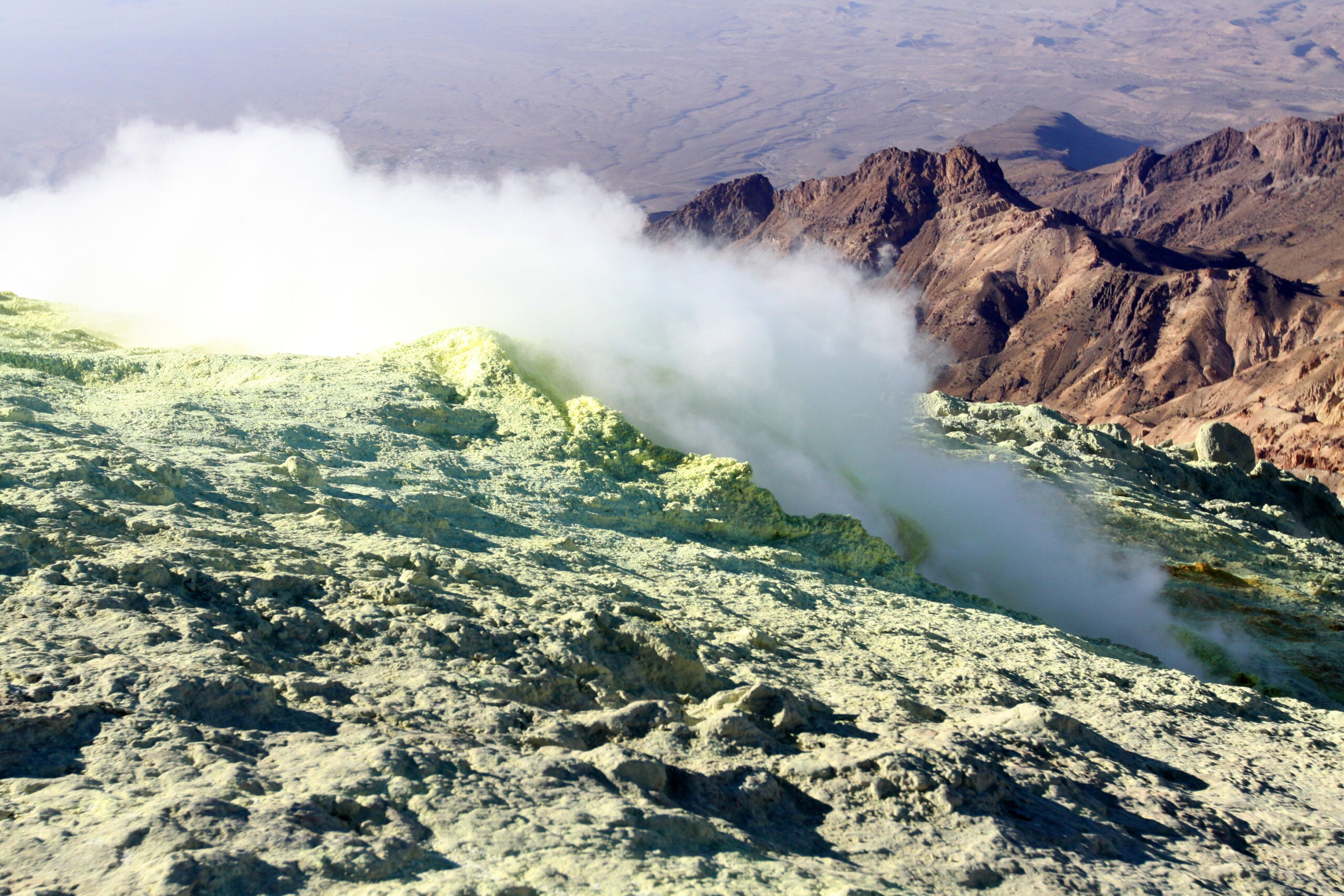Iran’s ancient Taftan volcano is showing signs of activity after lying dormant for an astonishing 700,000 years. According to recent scientific observations, the volcano—widely believed to be extinct—has begun to swell, signaling potential geological changes beneath the surface. This remarkable event has captured the attention of volcanologists and the public alike, as Taftan’s reawakening could have significant implications for the region.

What Does This Mean for Iran?
The swelling of the Taftan volcano suggests that magma may be moving beneath the earth’s crust. Scientists are closely monitoring the area for further signs of volcanic activity, such as earthquakes, gas emissions, or surface deformations. While there’s no immediate danger reported, experts stress the importance of ongoing surveillance to understand the volcano’s behavior and to ensure public safety.
Why Is Taftan’s Activity Significant?
Taftan’s awakening serves as a reminder that even long-dormant volcanoes can become active again. This event offers unique research opportunities for geologists studying the earth’s processes. The renewed activity could lead to new insights into the region’s geological history and potential hazards.
Sources:
Original Article
















